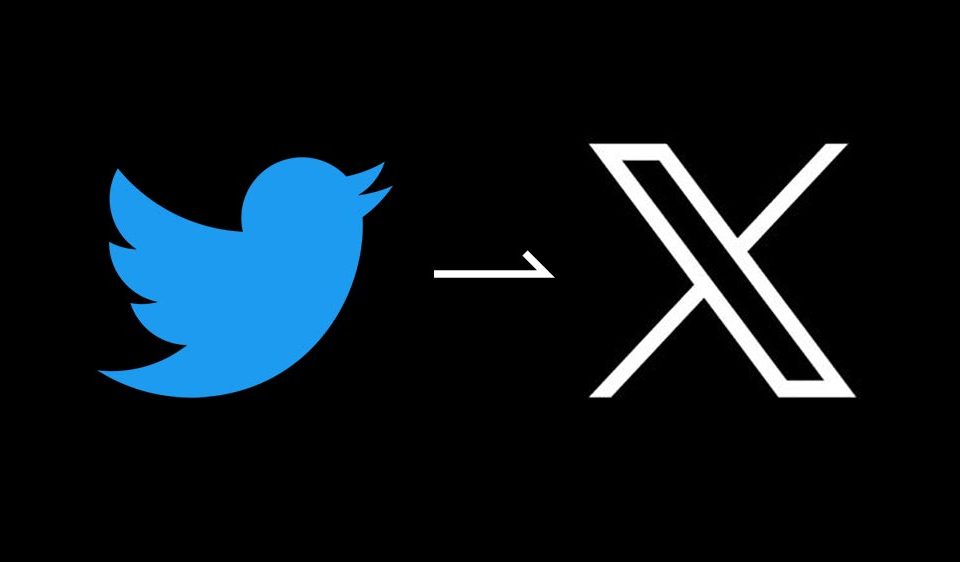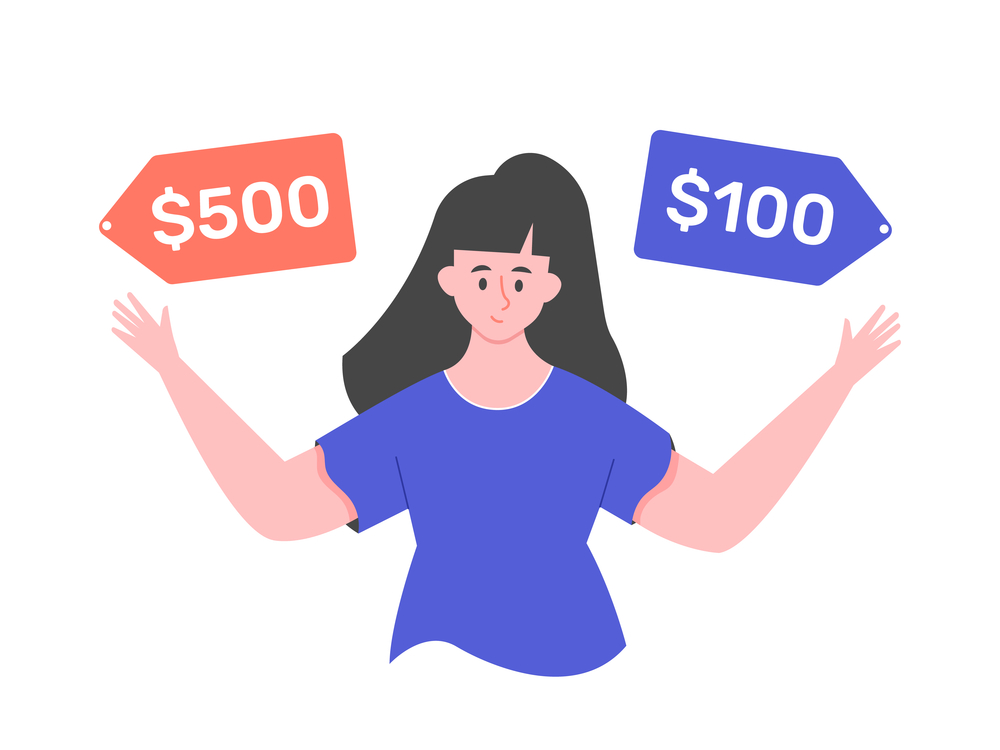
15 Must-Do SEO Implementations and Tips For 2022
By Daclaud Lee, Project Manager and SEO Consultant

Search Engine Optimization can be confusing and frustrating to someone who is unfamiliar with the SEO world. Since Google does not exactly explain how their algorithms work, we must rely on trial and error as well as information documented and shared among the SEO community. For those of you who are unfamiliar with the SEO community, most of the information being shared here is compiled from resources from SEO researchers such as Moz, Yoast and Search Engine Land. This information has been proven accurate through implementation. We use all of these SEO tactics for our clients and we have been successful with each of them. Every time Google makes a change to their algorithm, it gives the competition a chance to outrank your website, so the best advice is to stay relevant and never stop learning.
What can I do to increase my keyword rankings?
If you make use of these 11 SEO tips correctly, then I can say with confidence that you will see some drastic changes in your rankings. Please be advised that some keywords are harder to rank for than others, so you have to have realistic expectations. It is much easier to rank for Long Tail Keywords rather than a short tail keyword. So here are the 15 SEO Tips For 2022.
1. Content
If you do not have the right content, then your web page is never going to rank. Content must be original and not plagiarized. If you duplicate or plagiarize content, your website will be penalized by Google's Panda Algorithm. Google Panda also penalizes thin content. Nowadays, not having thin content means that you have to have a word count of at least 1500 words. However, we would recommend that you shoot for at least 2000 words to stay competitive. It is also not uncommon for websites to feature 5000-word content pages just to get ranked! The reason behind this is the competition of blogs and websites out there (not to mention Panda). In order to outrank an older website, you need to provide the user with relevant content to keep them engaged and to lower bounce rate.
2. Keywords Density
Some SEO professionals may tell you keyword density is no longet a thing, but they are only partially correct. The truth is, having too much keyword density can be detrimental to your rankings. However, having the right keywords in your content is the obvious way to get ranked. How else is Google supposed to know what your website is about if you don't tell them about it?
Yoast generally recommends having at least a 1.5% - 3% keyword density in your content. The actual keyword density percentage is highly debateble and I've seen websites rank on the first page with up to a 9% keyword density. However, the consensus among SEO professionals is to not go over 5% in your keyword density. Therefore, you should always check your content and make sure you are not repeating your keyword too often, otherwise Google might prioritize another website over yours.
Synonyms and related keywords can also help Google determine how to rank your website. Therefore, you should add them to your content. Topics related to your keywords are highly important too. Remember, you do not want to go overboard or you will get penalized by Google's Hummingbird Algorithm. Hummingbird was designed to penalize a website for keyword stuffing and low quality content. Keyword stuffing is placing keywords in areas that make absolutely no sense and low quality content being content that adds no value to user queries (for example, since I wrote an article about SEO, it would make no sense to include a paragraph ranting about politics or my favorite TV show).
3. Images with Alt Text
Having images on your website adds direct value to SEO and rankings. Google's image search is a powerful tool for anyone wanting to rank a photo. Google's reverse image search also does a very good job of finding duplicate images on different websites. Google's image search allows users to search by image (by dragging and dropping a photo into image search) or with a description of the image. The best way to rank for a description of an image is to add Alt Text to each image. By doing so, you have an almost guaranteed chance to rank for user queries relating to your alt text.
4. Title and Meta Tags
While there is no direct effect on rankings, having a good meta title is important because it acts as a sales pitch to anyone finding your website in SERPS. The meta description is less important, but essential in the fact that it also adds value to your click-through rate if the meta description accurately describes the content of the page. Google and most other search engines will automatically generate a meta title and meta description based on your page content, but in order to increase conversion, you may want to manually input this onto the page.
5. Schema Markup
Schema markup is becoming more and more important. Not having schema markup will not lower your rankings, but but having the correct Schema Markup code on your website can improve your click through rate. For example, if you implement aggregate data code, then you can display a 5-star rating in SERPS. Therefore, every web page needs Schema Markup code in order to stay competitive. Schema markup is also benefical for getting your website ranked in featured snippets area of the search engines.
6. Testimonials
By displaying your testimonials on your website you add both a direct and indirect value to SEO. The direct value of having testimonials is that they count as on page content, which will help you expand your word count and keyword density if you are unable to produce quality content. However, you still need quality content and testimonials are not a substitute, just a supplement. The indirect effect on SEO ties into schema markup as well as higher conversions.
7. Internal Links
A well mapped out internal linking structure is often neglected by web designers. Having internal links that are anchor texted with keywords leading to the appropriate page will tell Google that this is the page wanted for ranked keywords. Therefore, anchor texts have a direct effect on SEO and your website definitely needs these. There is of course a balance and you should never over optimize your anchor text or else you may get penalized by Google's Penguin Algorithm. Google's Penguin was created to downrank sites that appear to manipulate anchor text in a spammy way.
8. Backlinks
Your website needs to be discovered in any way it can, so having backlinks on third party website will definitely help generate occasional traffic to your site. Backlinks also help directly with your rankings because it acts as an "upvote" for your website. As with internal links, you have to be careful not to over optimize, or you will get hit by Google's Penguin Algorithm. Spamming links with the same anchor text on third-party websites will hurt you, so you need to change your anchor text strategy from backlink to backlink.
9. Social Media Profiles
By now, nearly everyone is on social media. Facebook, Twitter, Youtube, Linkedin and Instagram are all popular social media platform and it ranks really high in SERPS. Having a social media page helps directly with SEO in that your business or organization's page will show up with a "search by name". Posting on social media is also a good way to send social signals to your website. By sending social signals (this means another user has to like or re-share your content), it tells Google that your content is relevant and may prioritize your website higher based on social signals to the linked page.
10. Directory Listings
NAP Information will directly affect your SEO and local rankings. NAP means Name, Address and Phone Number. Having consistent NAP information on third-party directory websites will tell Google that your business is legitimate and therefore not penalize your rankings. A directory listing also gives you a non-anchor texted backlink, which as we mentioned previously is also essential for SEO. Directory listings, especially Google My Business is essential for local search.
11. Website Speed
Website speed has become more important due to the rising use of mobile phone searches. In order to keep your bounce rate low, you will need a faster website. What is bounce rate you ask? Bounce rate is just a metric that measures the percentage of people who land on your website and do completely nothing on the page they entered. How does this definition translate? Basically if your website is taking too long to load, then the user might get frustrated, impatient and click on the back or exit button to search for a different website. The sooner someone clicks off your website, the more your bounce rate increases. Therefore a lower bounce rate is considered ideal and a high bounce rate (ie: 75% or higher). Therefore, you generally do not want your bounce rate to be over 75%, because that means your website is not providing the user the experience they want. If you have a Wordpress website, then there are various plugins you can use to increase your site speed.
12. URL Structure
Having a good URL structure may not be an actual ranking factor, but it will show the user that they are on a web page that talks about the keyword topic they were looking for. Having a good URL structure also allows you to better organize your content. URLs should be short and sweet because no one wants to copy and paste a long URL title to send off to their friends or associates. Once again, make sure your keyword appears in your URL title, but don't go overboard.
13. Remove Duplicate Content
Duplicate content is penalized by Google. Having duplicate content featured on a different website will just cause your site to rank below the original conent creator, but having duplicate content on your own website can cause your pages to derank. I have seen this happen before firsthand. We had a client who had a CMS system that created straight up duplicate pages for no reason and we had to fix this by removing all of the duplicate pages. If your site contains multiple pages with largely identical content, there are a number of ways you can indicate your preferred URL to Google. There are seceral ways to address duplicate content issues including adding a 301 Redirect or canonicalization.
14. Technical SEO Implementations
Having an SSL certificate is very important. A website without an SSL certificate will display a "not secure" message when a user clicks on the link in SERPS. If a user sees this, then most likely they will get scared and exit your website. This will increase your bounce rate, which can lower your rankings.
15. 301 Redirects
If you have a web page that has been removed or the URL has changed, then you should use a 301 redirect to the correct page. Not having a 301 redirect could potentially cause your bounce rate to go up because a user hit your landing page and saw a 404 error. Some users may not be phased by this, but others will. You want to avoid having someone leave your website because they refuse to click on your home page or navigation tab to take them away from the page.
Conclusion
There really is no conclusion when it comes to search engine optimization, but we can wrap it up for now. Keep in mind, there is a lot more to SEO than what is documented here and Google's algorithms change every year. If you make use of these 15 SEO tips correctly, then you will surely see your website move up for any keyword. Also, you should understand that some keywords are harder to rank than others, so this is not a magic formula to get you to rank #1. However, if you start with these 15 SEO tips and do them correctly, you will see massive changes in your keyword rankings.

By Daclaud Lee,
Project Manager and SEO Consultant at Archmore Business Web
Do you need help getting more business? We have the solution!
Call now: 614-568-7500
Ext 71
Speak with Mike Forrest, CEO of Archmore Business Web















